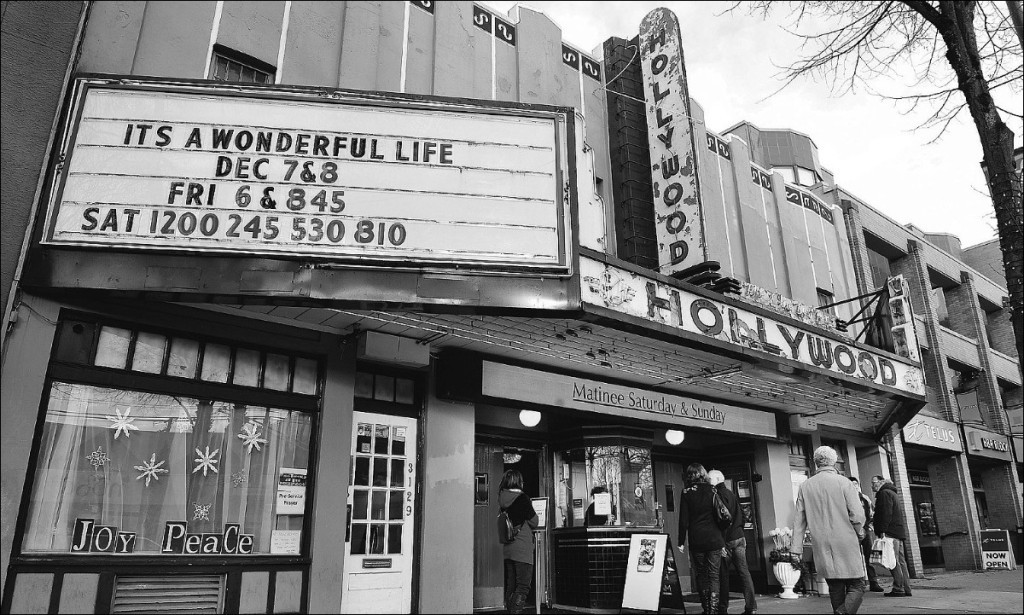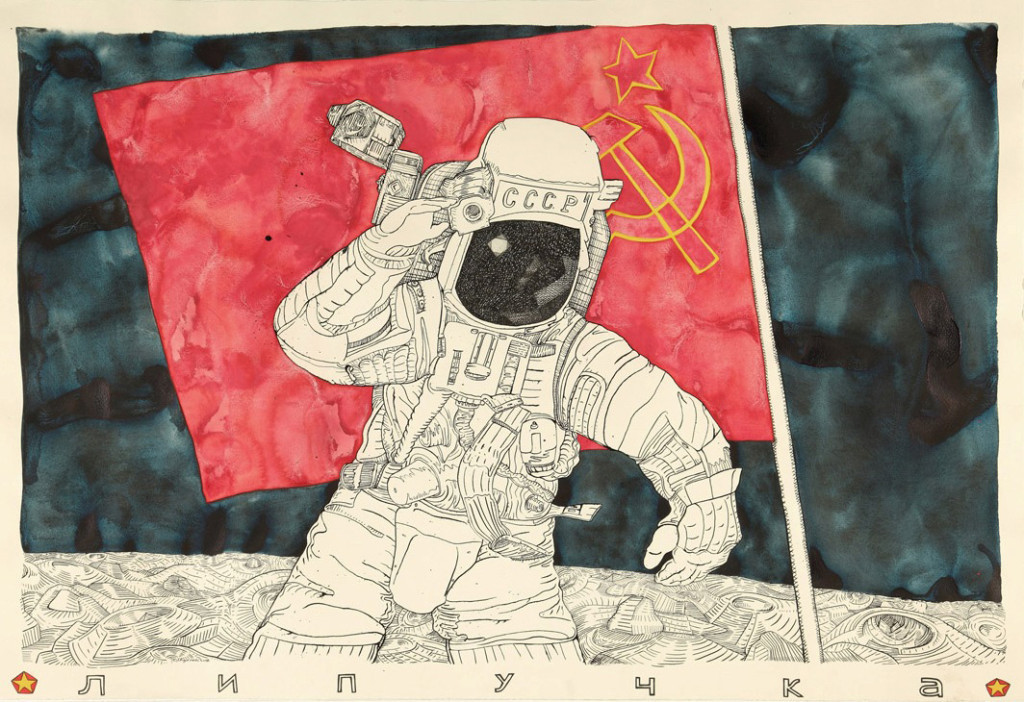Hollywood Theatre shows final film
By Cazzy Lewchuk, Staff Writer
In the good old days before television was common, movies were kind of a big deal. Going to the cinema was exciting and a primary source of entertainment. The experience included full-length films with a bunch of cartoons sandwiched between, and tickets were only 25 cents. The seats were plush, the popcorn only cost a dime, and the ushers wore bow ties.
Today, most cinemas are sprawling buildings in the suburbs with a dozen or more movies playing at once. Although independent single-screen theatres exist, they are a dying breed. The thrill of seeing an old movie in a single-screen venue and being temporarily sent to the past may very soon be a part of the past.
One such local cinema struggling to survive is the Hollywood Theatre in the heart of Kitsalino.
Originally opened in 1935, the theatre had to close its doors in 2011. It re-opened in September 2012 to function primarily as a Pentecostal church, with occasional movies being shown for special events. A current plan by the City of Vancouver to remodel the theatre as a fitness centre is well underway. The church is required to vacate by November 30.
From November 20 to 22, the Hollywood Theatre presented what is likely its last film screening ever. The movie was the 1938 Frank Capra classic, You Can’t Take it With You, which captured the nostalgia of the Hollywood Theatre.
The film was projected in its original 35mm format, of which only one copy still exists. It was shipped directly from the Library of Congress to Vancouver—a wonderful effort put in by the theatre staff to ensure a genuine and quality film experience.
Veteran projectionist Curtis Emde has worked at the Hollywood for over 15 years. He presented a short film about his current projector projects and history with the theatre before the main film showing.
Afterwards, local film professor and critic Michael van Den Bos gave a detailed introduction to the classic the audience was about to see. He explained its position in current film and elaborated on the cast and crew—such as reminding the audience that back then, Frank Capra was as much of a big name as Steven Spielberg is today. Knowing the context provided a somewhat more interesting experience for the audience as the red curtain pulled back to reveal the black and white Columbia Pictures logo and the film began.
Watching the film in its original form transported the audience back into the late 1930s. For two hours, there were no 3-D glasses, no surround sound, and no theatre staff walking past the screen. There was simply a grainy, black and white screwball comedy from the director of It’s a Wonderful Life and the quiet sound of popcorn and audience amazement.
The entire event was organized by volunteers. Admission was by donation, with all proceeds going to cover the cost of shipping the film and to local community arts organizations. Making money was not the goal of these three final nights at the Hollywood Theatre; rather, the event was created to raise awareness of the general arts situation. Petitions and websites were prominently displayed throughout the event for audience members interested in getting involved.
A classic trip to the movies may one day soon not even be possible. Despite the history, charm, and usefulness of the Hollywood Theatre, it seems the City of Vancouver has decided a fitness centre is somehow a better fit for the space.
I would rather enjoy classic films and be transported back to a more magical time of cinema.


